Cnr Brisbane & Campbell Sts, Hobart. Google Maps.
Opened 1833 on a site adjoining the prisoner barracks, later city gaol. It was used as a chapel for the prisoners and to cater for the free population that had grown too large for St David’s. Anglican services but never consecrated, due to its association with the prisoners. For more information, visits one of the links below.
(Unofficial) Web site
Companion to Tasmanian History
National Trust page for visiting details.
Lithograph, 1834
Proposed entrance.
We have not yet had the pleasure to see the new church erecting at the prisoner’s barracks, but we trust that it has been so constructed as to admit some portion at least of the free inhabitants of the neighbourhood. For we never did and cannot approve of the mode of assembling the prisoners to public worship apart from the public and by themselves, and we had more pleasure in seeing the certainly humiliating sight of the offenders in the Penitentiary marched as formerly twice a day through the streets to church, in the very decent order and demeanour in which they used to be conducted by Mr. Gunn, the principal superintendent, than to find them assembled by themselves alone, without one single fellow worshipper among them from the inhabitants, though with all the advantages, (which we readily acknowledge are very great) of the Reverend Mr. Bedford’s peculiarly well adapted and impressive oratory. The benefit arising from a mixed assembly of this nature, though at first imperceptible, would ultimately be very great. The prisoners would be improved by the example of their superiors engaged in the same devout and sacred exercise as themselves, while the congregation at large would be impressed with the necessity of maintaining a good example in the eyes and presence of the prisoners. The objection which we have sometimes heard made as to the irregularity of demeanour or want of cleanliness among them, furnishes us on the contrary with one of the strongest reasons for the measure, the very adoption of which would of necessity remove the objection, and which more than anything else would enforce decency of conduct and cleanliness in dress and person.
Hobart Town Courier, 29 October 1831
Every one knows, who has seen the recent additions, that have been made to the Prisoners’ Barracks, especially the Chapel, will acknowledge that nothing has yet been turned out of hands by the Government in so workman-like a manner. It does great credit to the Colonial Architect and to the builder, Messrs. Archer and Addison. The work is, both stone and brick, of the most substantial kind, and is finished in a style superior to anything in the Colony. It is however, a matter of regret that this fine building, has to be subjected to an “improvement,” in breaking a door into the north-west end, to admit the free inhabitants of the town into the Penitentiary Chapel ; for, if this had been done at first, not only would a considerable expense have been spared, but much injury to the building would have been avoided. The regular attendance of Crown prisoners at Divine Service at the Barracks, will be much felt at St. David’s. Church, as it will throw open the gallery in accommodating many more of the inhabitants, who are prevented from attending the Established Church for the want of a second Church. The Penitentiary Chapel will also afford some trifling further accommodation to the Public, until the New Church shall be built ; which will not only be a vast improvement to the appearance of Hobart Town, but be instrumental, in preventing one half the population thereof in becoming dissenters, or making their own homes places of public worship. We, therefore, hope that the temporary accommodation in the gallery of St. David’s Church, or the opening, of the Penitentiary Chapel, will not delay or, prevent the erection of the New Church.
The Colonist, 9 July 1833
It is with pleasure we announce the opening of the New Church in the Penitentiary. We wish the enemies to transportation had the opportunity of witnessing the discipline carried on, and the perfect decorum with which seven hundred Crown prisoners conducted themselves on this occasion. It. was, truly gratifying. The Rural Dean, Mr. Palmer, preached a most appropriate sermon, highly edifying and instructive, and the singing was such as to excite the greatest surprise, from the admirable manner in which it was performed. For our part, we cannot conceive a more delightful sight than to behold such a body of men, who from being outcasts and wanderers in their native country, prowling about like wolves, seeking whom they could devour, thus assembled to hear the word of God, and pour forth their praise in his holy name. It is not because half a dozen prisoners make their escape pro tempore from the Colony, (for they may rest assured it is only a temporary absence) that the good or evil of the system is to be measured–it is whether the measure is generally beneficial or not, and whether a better can be derived. We do not think it possible, under the circumstances of the Mother Country, and the difficulty which the most honest experience in, procuring work, that the labor of the dishonest can be converted to a better purpose than in colonizing a new country, and thus, compelling the idle and the dissolute to earn their bread by the sweat of their brow, and at the same time keep them under that wholesome restraint, which, heretofore, they have not been accustomed to, and the want of which has been the main cause of their being expatriated.
Colonial Times, 1 October 1833
Trinity Church. — We call particular attention to the sculptured masonry in front of this new Church, in Brisbane-street, which is the work, we understand, of a Government mason named Barclay. Indeed the whole of this Edifice reflects great credit on the Architect, Superintendent, and workmen. Divine Service is now performed there, which is attended by many free persons, although the building is in an unfinished state. Barclay’s talent and application ought to be rewarded by the Government.
The Colonist, 17 December 1833
The model shows the internal layout in the early years when the whole building functioned as a chapel, with the three wings looking down at the central pulpit. Later two of the wings (the north by the tower and the east wing) were converted to court rooms. The west wig, on the right of the model, was used as a chapel for the adjoining gaol.
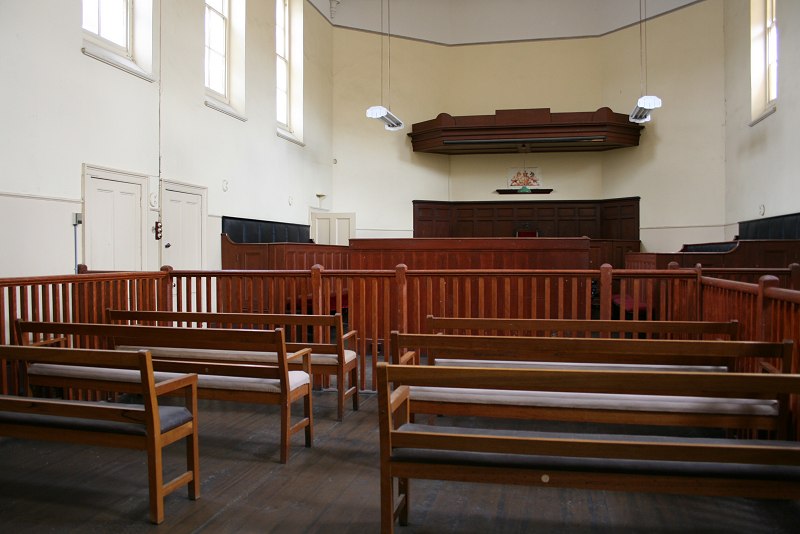
The wing accessed through the tower, later a court room, which is how it is now presented.
We learn that Trinity Church, where the Rural Dean, Mr, Palmer, officiates, being now conveniently fitted up for the accommodation of the public, possesses a very numerous and respectable congregation. Its situation is anything but suited to the demand of this large and wide spreading town, as the common coup d’oeil from any of the surrounding eminences will prove at once, the whole of the very numerous western and southern inhabitants have been entirely thrown out of consideration. The erection of even a Chapel, at the Penitentiary, we consider wholly unnecessary, for the best of reasons, that we consider the Penitentiary itself entirely so! It is a monstrous evil, the collection of one thousand miserable wretches in this town, every one of whom might be, and ought to be employed–spread—not congregated over the interior. There is no excuse for this but one!
Trumpeter General, 18 February 1834
From a panel on site:
This is the only remaining wing of the chapel built in the early 1830s. It was used by convicts and later by prisoners of the gaol, officials and their families. It was last used by prisoners in 1961 before being “cut in half” to enable the wire mesh security tunnel to be installed. For 20 years prisoners held in the daytime holding cells in the Deputy Gaoler’s residence were led through here along the tunnels into the dock in the court rooms.”
Trinity Church. — The sound orthodox discourses, delivered at this Church, by the Reverend P. Palmer, the Rural Dean, attract large congregations of free persons every Sunday. The Church is so constructed as to .afford accommodation for five hundred free persons, besides one thousand prisoners. The building is in the form of a T, the two arms being devoted to the prisoners, and the centre to the Public–the pulpit standing at the angle of incidence, so that, while the Minister is so placed, as to be distinctly seen and heard by all at the same time, there is, as it were, two Churches, one entrance being from the prisoner’s barrack-yard, the other from Brisbane street. At present no charge is made tor the sittings. Mr. Palmer is a great favorite with his hearers, to whom, we trust, he will be made blessing. The baptisms and marriages, at Trinity Church, have already been very numerous.
The Colonist, 6 May 1834
To the Editor of the Colonial Times.
Sir,-Allow me, Mr. Editor, through your Journal, to express a few remarks which, if attended to by the proper authorities, would in some measure, prove beneficial to a great portion of our community.
On several occasions I have visited the Trinity Church, the place of worship for the Prisoners in Barracks, and the inhabitants of the Trinity Parish, in the course of which I have observed how very badly the Psalms and Hymns are chaunted ; and as there are many individuals among the prisoners whose abilities in singing are very good, I have been sur prised that as there is neither an organ nor a seraphine allowed for this purpose, more attention has not been paid to the singing ; but I find, on enquiry, that the men alluded to (who are made to perform this part of the service) are in no way remunerated for it. Surely it cannot be expected that, unless some little encouragement is afforded, they will strive their utmost to improve it. There are many indulgences which might be given for this purpose, without entailing any expense on the public, but which would be equally acceptable to the men.
Another great fault to be found with the internal economy of this Church is the manner in which it is lighted for the evening service. On more than one occasion I have seen many of the lamps go entirely out–while it is not uncommon for the Clergy man to go through the service, with only one lamp burning. It is no pleasant thing to sit in a dark pew, and be totally unable to make the least use of your books.
If you will give insertion to this letter, or remark upon the irregularities here complained of, you will not only oblige the writer; but many frequenters of this place of worship.-I am, Sir, your obedient servt.
JOHN BULL.
[We are sure, that the Rural Dean will attend to the suggestions of our correspondent, as he is ever most solicitous for the comfort and welfare of his flock ; we, therefore, publish ” John Bull’s” letter, in preference to any observations of our own.-ED.]
Colonial Times, 6 November 1838
West side, off Brisbane St.
From Brisbane St. The buildings here are later additions.
South side, which faced the barracks/gaol, and the external walls for the east and west wings.
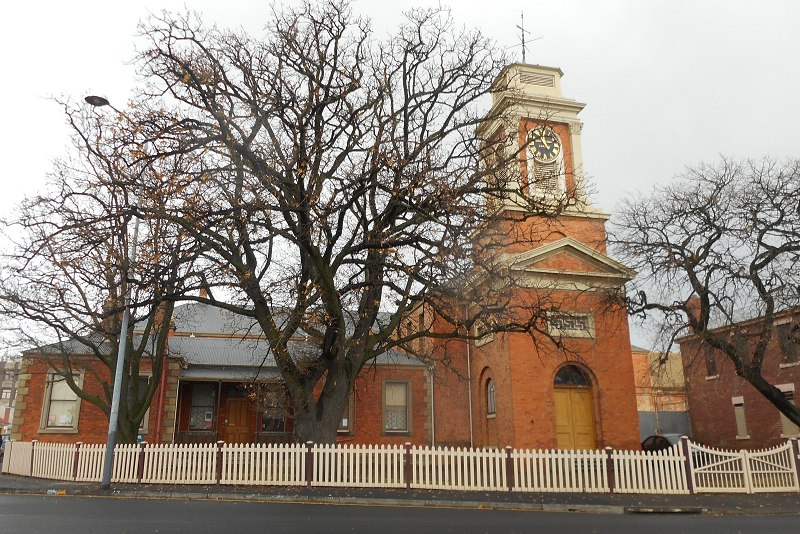
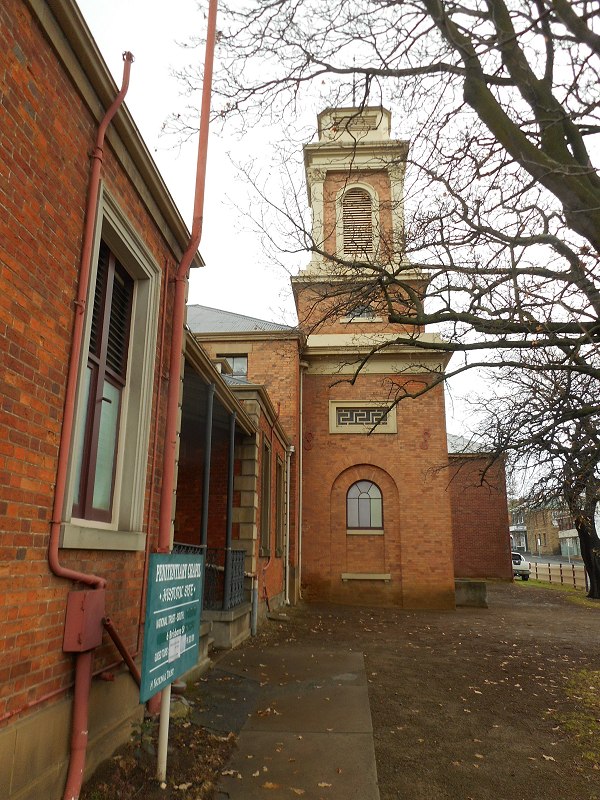
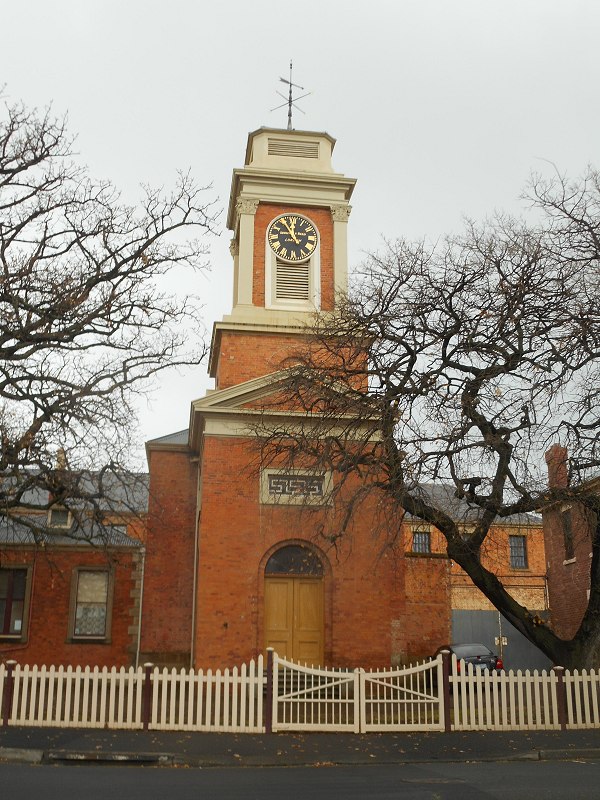
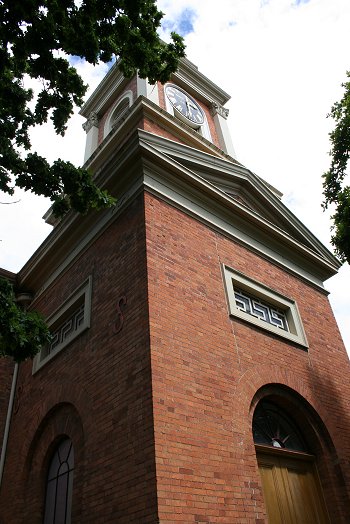
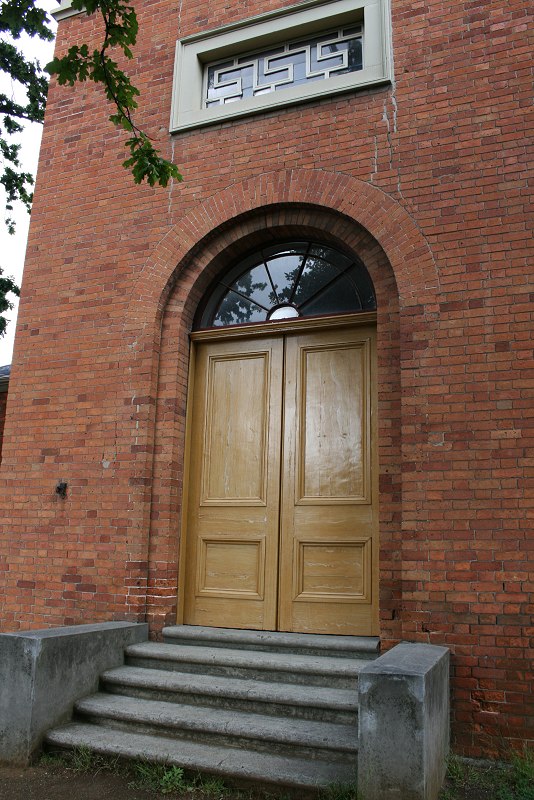
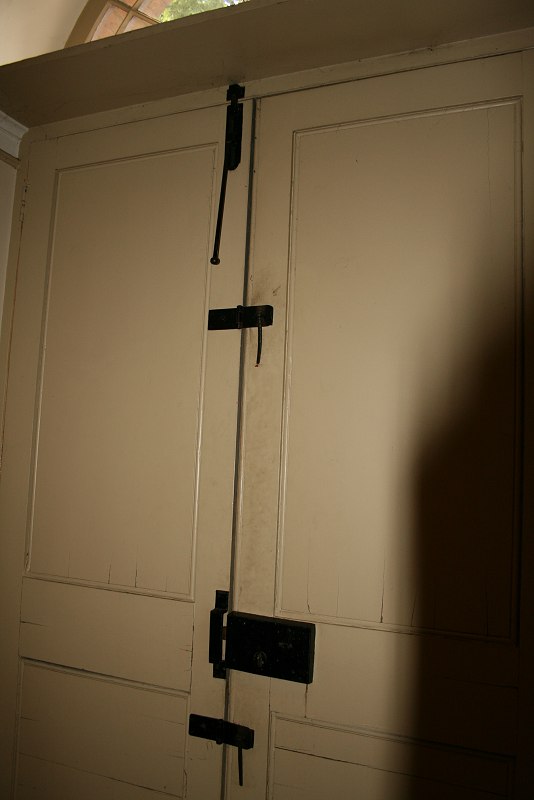
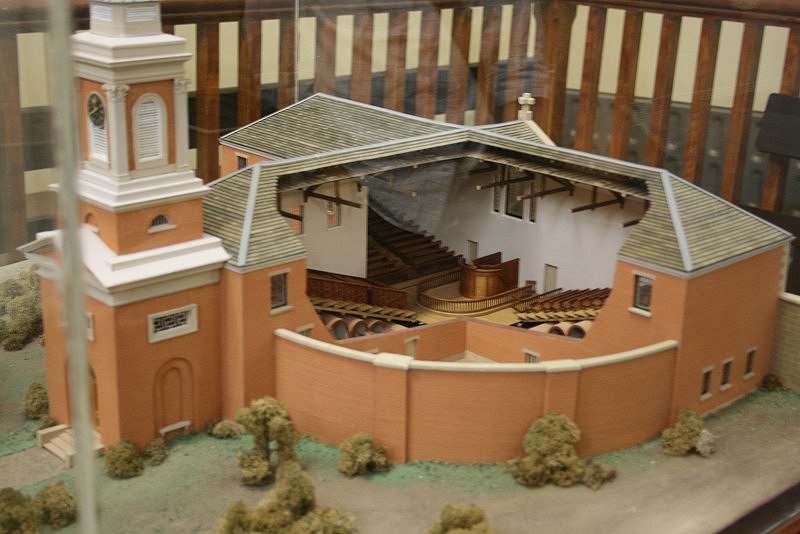
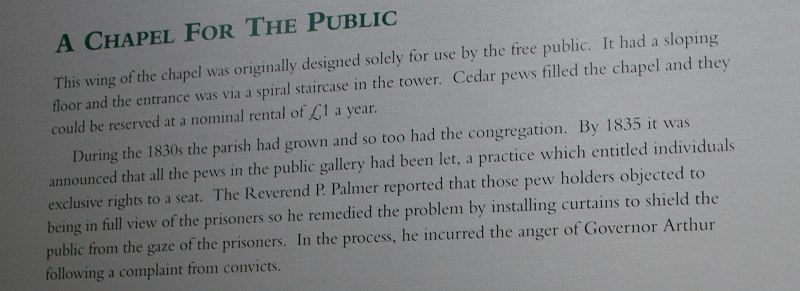
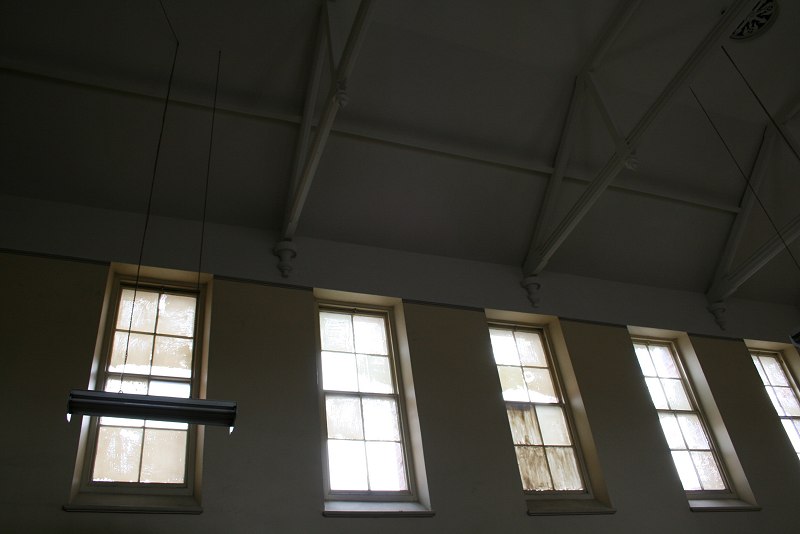
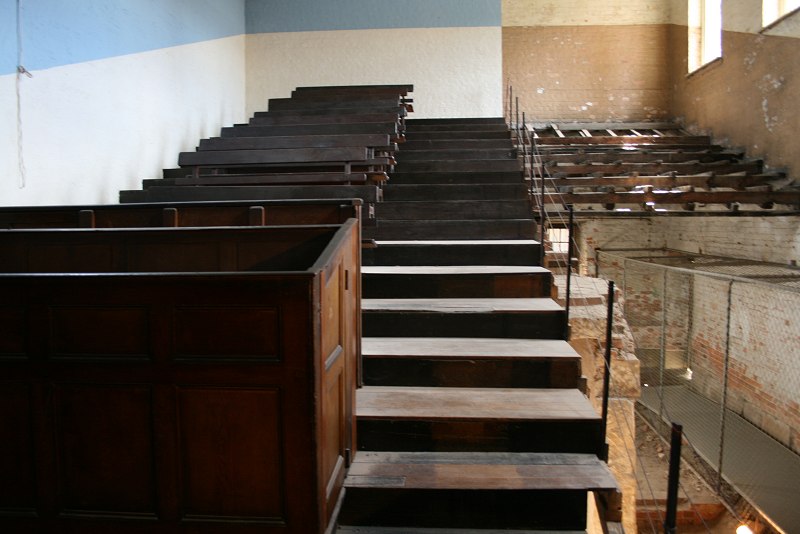
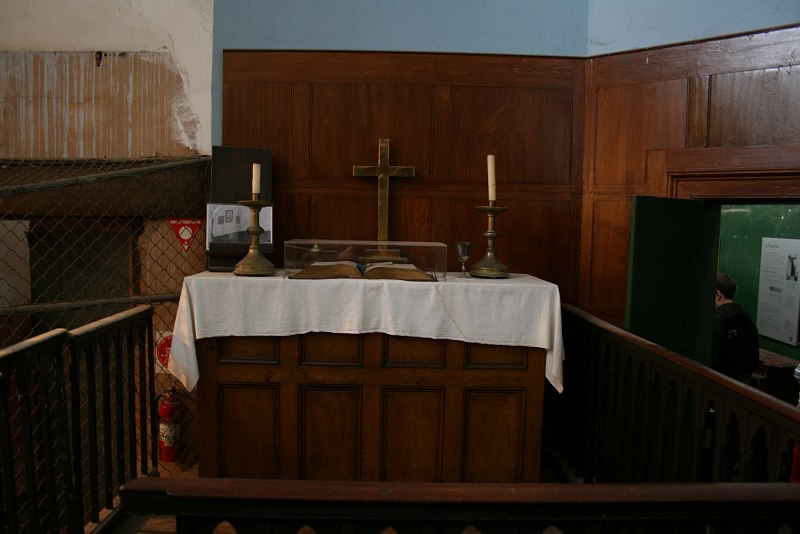
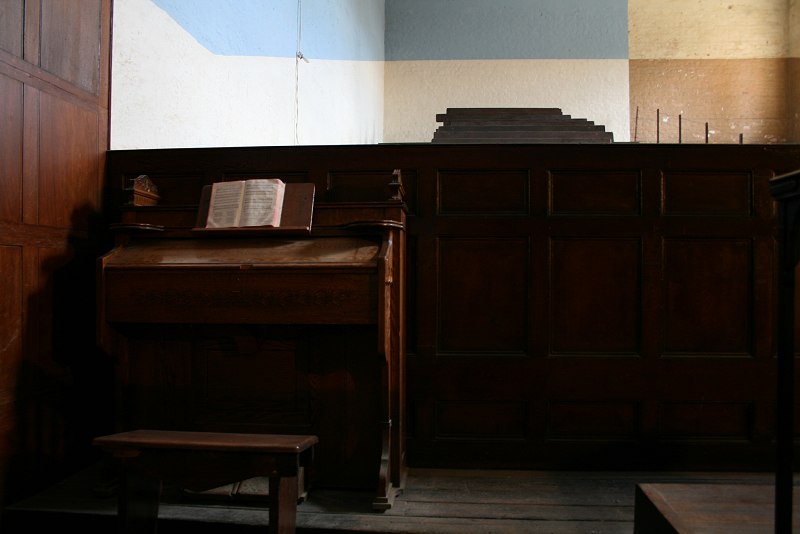
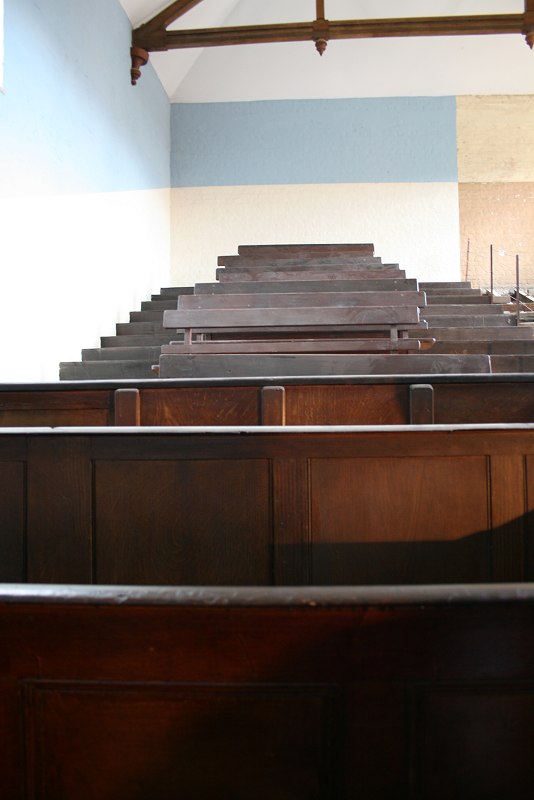
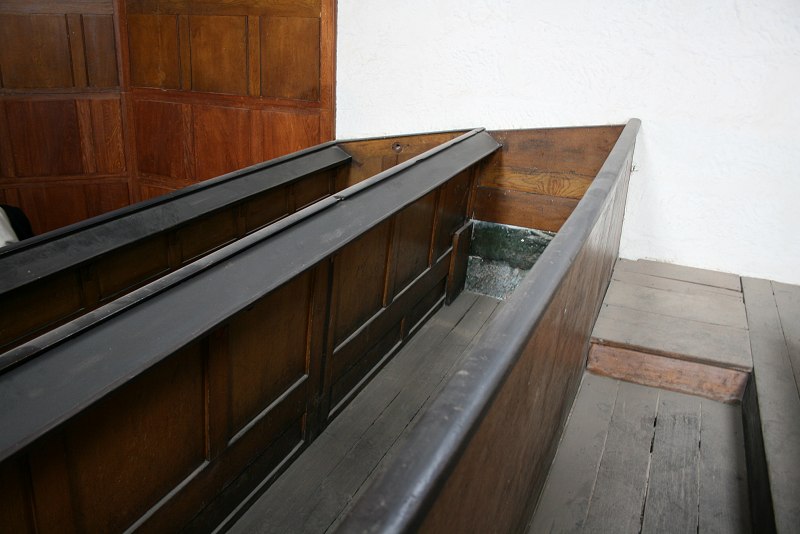
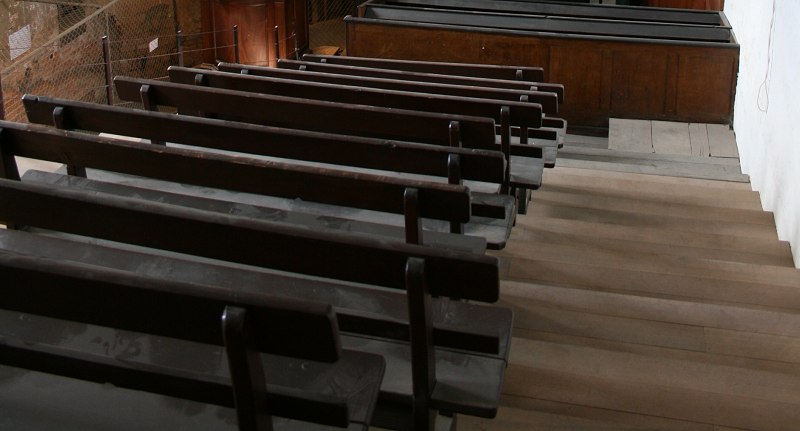
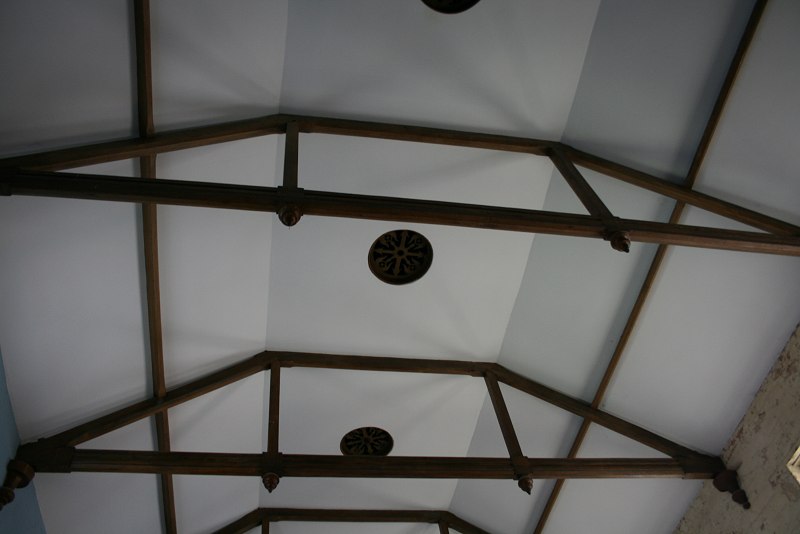
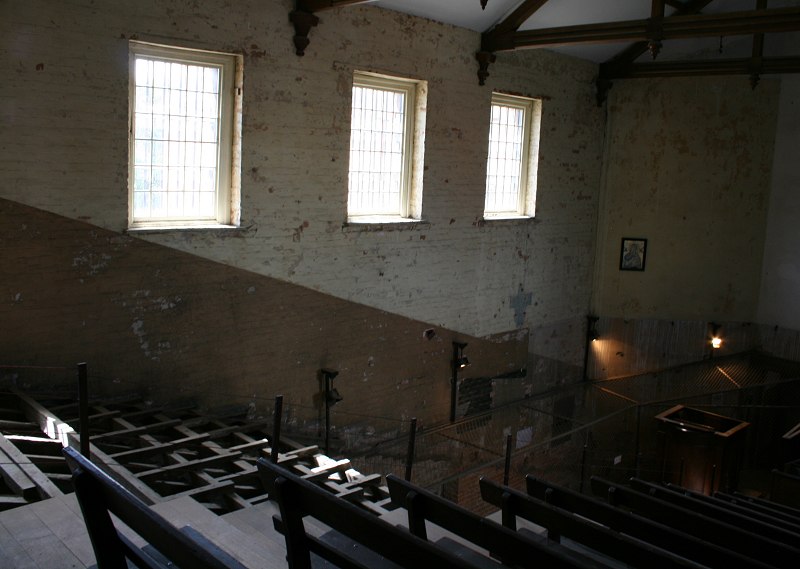
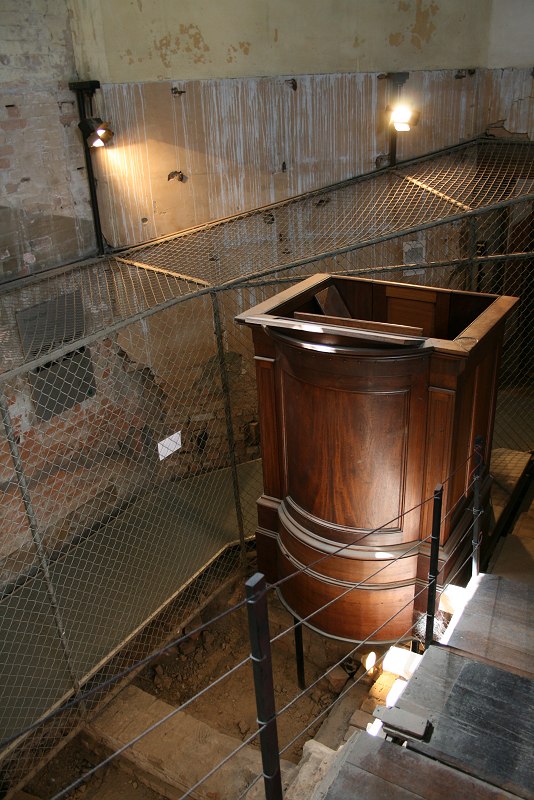


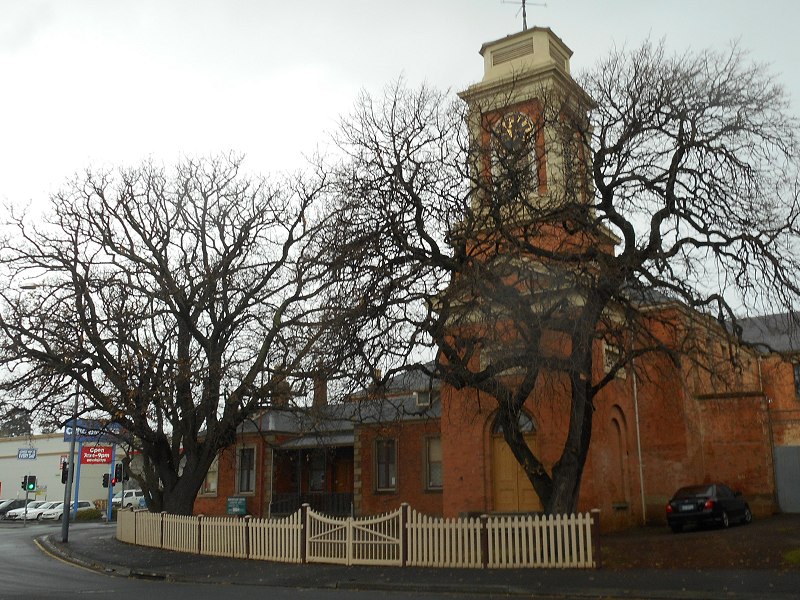
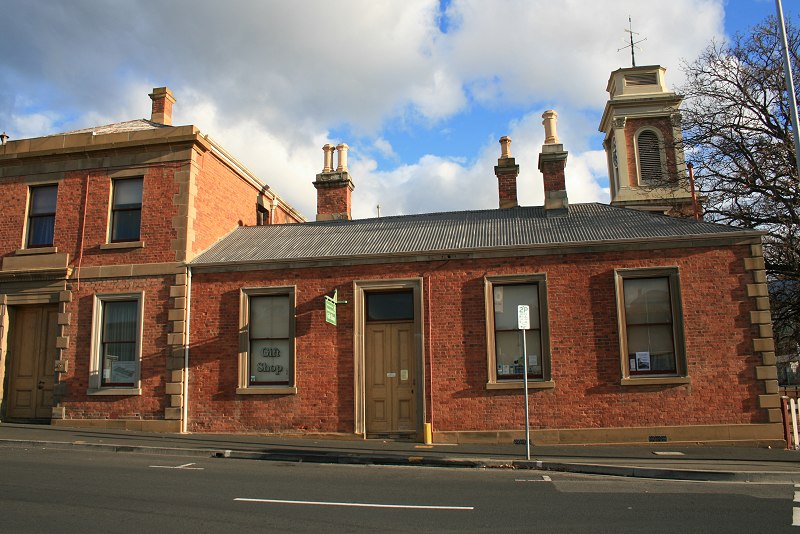
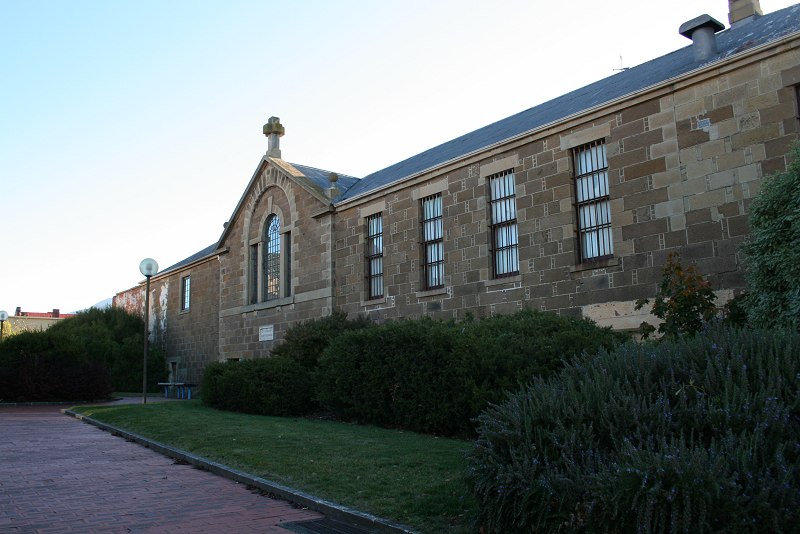
Helen Babauta
February 9, 2018 at 5:23amWould like to visit Trinity chapel inside in early March 2018. Can this be arranged. Thank you
Monissa Whiteley
February 9, 2018 at 9:08pmHi,
It’s owned by the National Trust. You want to check their website for details.